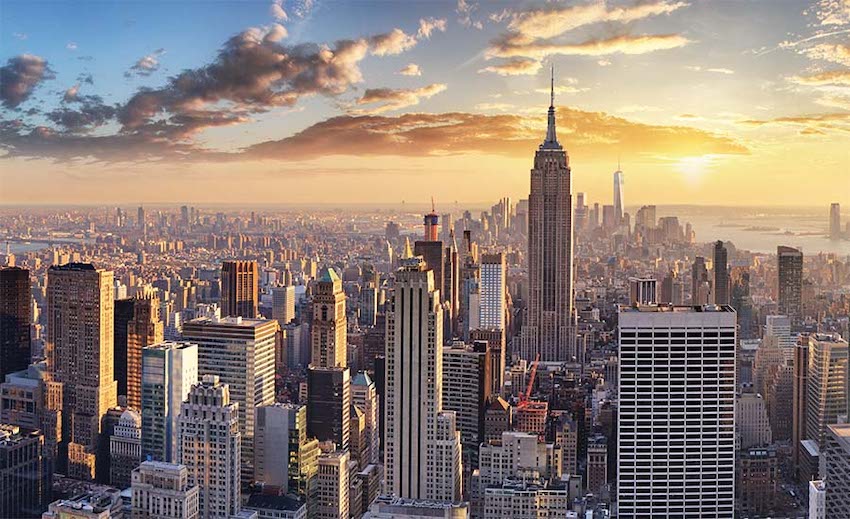Design at the Heart of Health and Well-Being
 1 AIA LU/HSW; 0.1 IACET CEU*; 1 AIBD P-CE; AAA 1 Structured Learning Hour; This course can be self-reported to the AANB, as per their CE Guidelines; AAPEI 1 Structured Learning Hour; This course can be self-reported to the AIBC, as per their CE Guidelines.; MAA 1 Structured Learning Hour; This course can be self-reported to the NLAA.; This course can be self-reported to the NSAA; NWTAA 1 Structured Learning Hour; OAA 1 Learning Hour; SAA 1 Hour of Core Learning
1 AIA LU/HSW; 0.1 IACET CEU*; 1 AIBD P-CE; AAA 1 Structured Learning Hour; This course can be self-reported to the AANB, as per their CE Guidelines; AAPEI 1 Structured Learning Hour; This course can be self-reported to the AIBC, as per their CE Guidelines.; MAA 1 Structured Learning Hour; This course can be self-reported to the NLAA.; This course can be self-reported to the NSAA; NWTAA 1 Structured Learning Hour; OAA 1 Learning Hour; SAA 1 Hour of Core Learning
Learning Objectives:
- Describe the evolution of the Passive House standard, as demonstrated in this course, that can improve occupant health and well-being
- List the three features provided for every tenant of The Continental building that promote health and well-being
- Explain how Designing Justice + Designing Spaces works to end racism that is embedded in the built environment
- Discuss the ideas presented to reimagine cities post-pandemic that promote health and well-being for their residents
This course is part of the Health and Well-Being Academy
This course is part of the The Health & Well-Being Academy
Below are a set of links to building type studies from Architectural Record, which are in-depth analyses of particular kinds of buildings, with photos, drawings, specifications, detailed descriptions, and design solutions. Click on each link below, read the article then complete the quiz to earn your credit and certificate of completion.
From buildings designed using the Passive House standard for energy efficiency to reimagining social infrastructure and institutions so that more people live better, design is at the heart of health and well-being. A holistic approach to occupant experience, throughout the built environment could be the path to improving the whole planet.
Woodside Building for Technology and Design at Monash University by Grimshaw
This 215,000-square-foot, daylight-filled, Passive House–certified building reimagines what the ultra-low-energy genre could look like.
Josephine Minutillo
The Continental by Jonathan Segal, FAIA
This firm introduced a whole tower of micro-units, at below-market rents in sunny San Diego.
Sarah Amelar
Beloit College Powerhouse by Studio Gang
This building that used to burn coal and spew pollution is now a center for healthy living.
James Gauer
Commentary: Decarceration and Designing to Divest
To invest in a future that is equitable, the role of creative professionals is essential.
Garrett Jacobs and Deanna Van Buren
Reinventing Solutions to Urban Living
Due to COVID-19, major cities are witnessing a rapid and stunning reversal that is generating genuine concern about whether urban centers can recover.
Diana Lind

Photo © Tomas Sereda/Getty Images
The pandemic has emptied New York’s office buildings, so integral to the skyline.







